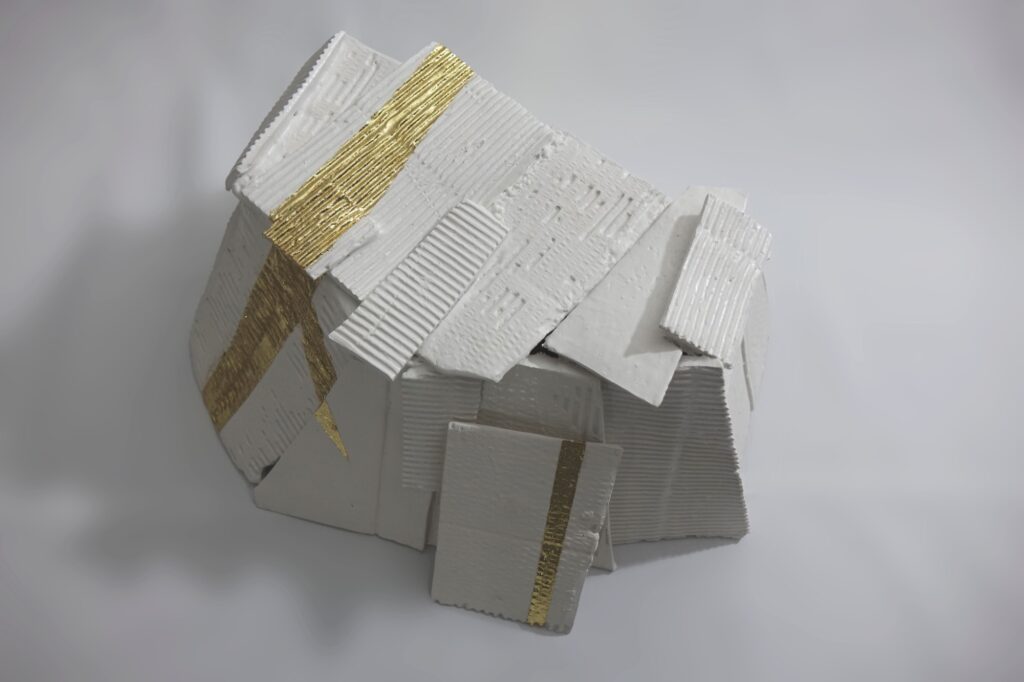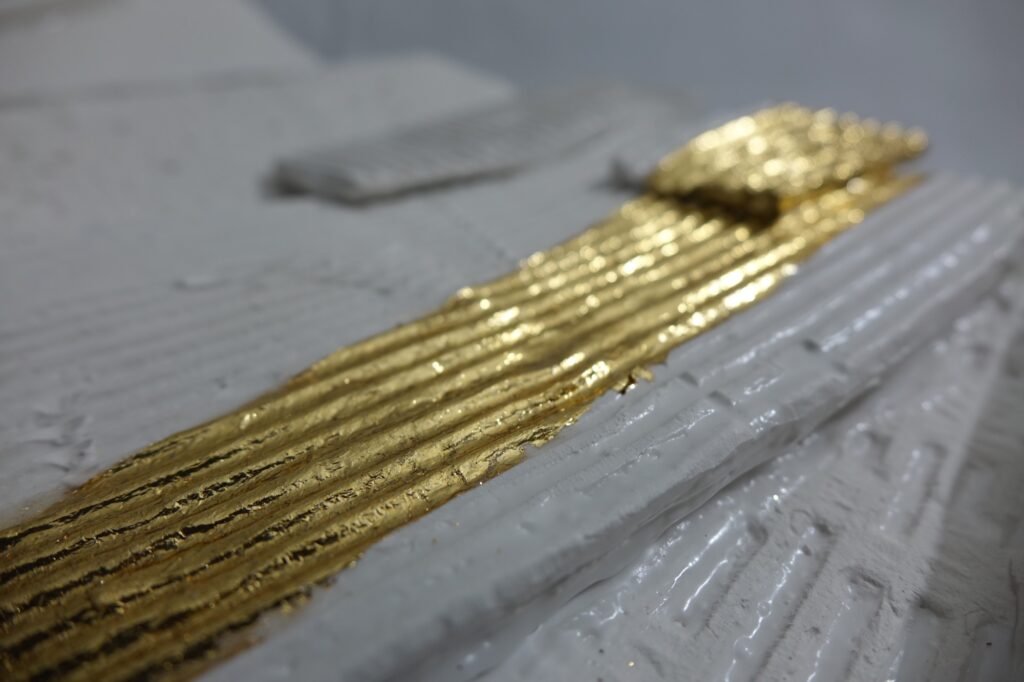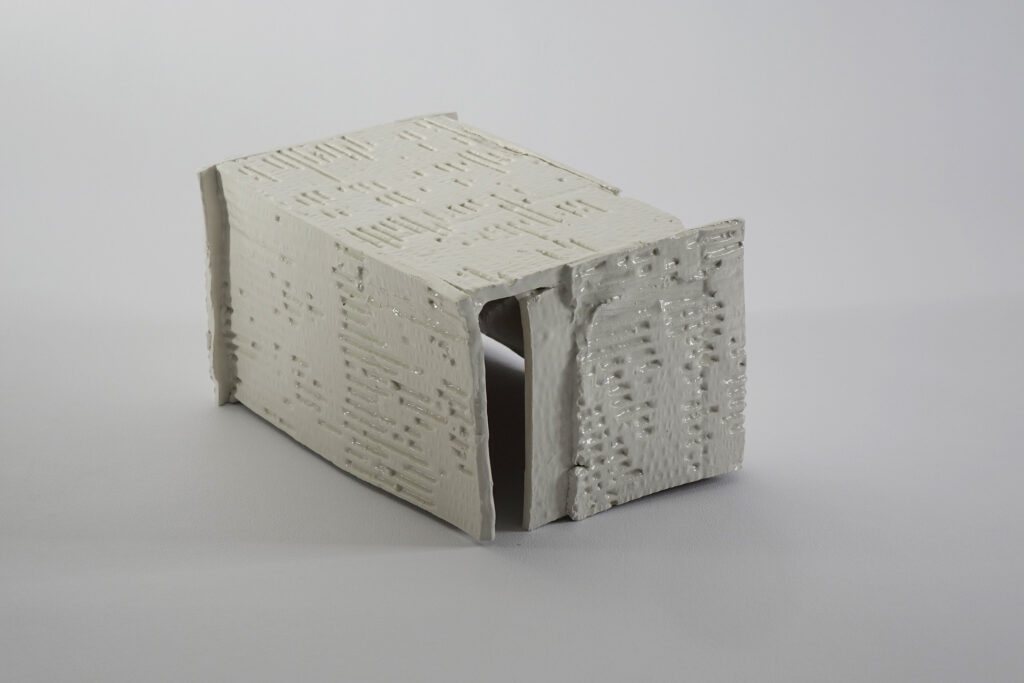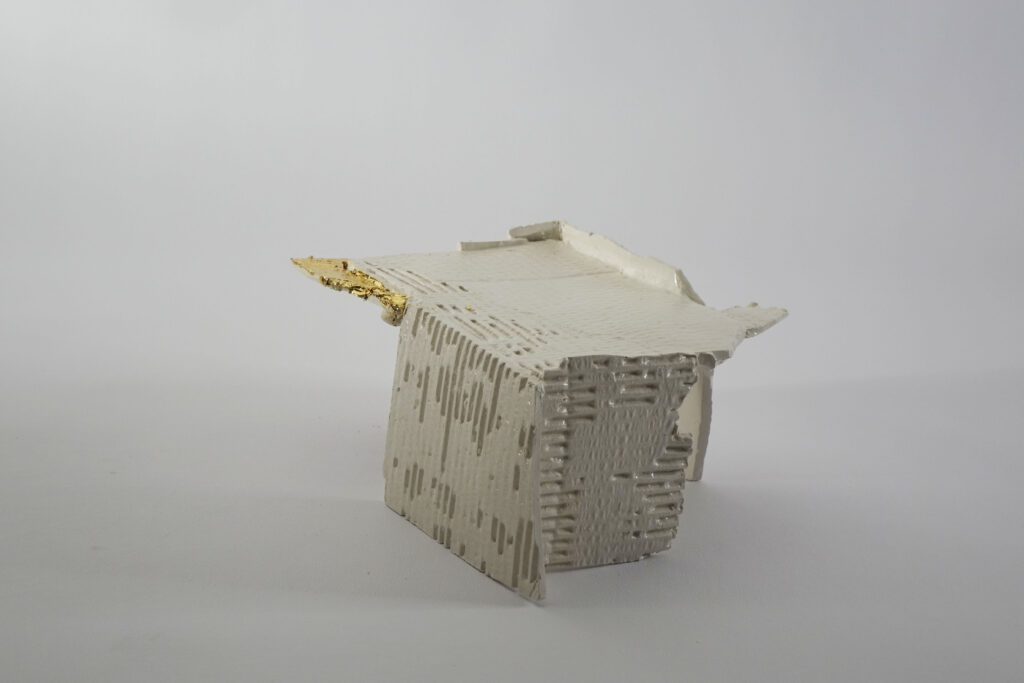REFUGE

This series stems from a reflection on the meaning of “refuge.” Not all places called “refuge” truly are. In some, one is more exposed than protected. Language retains the name, but the gesture that once grounded it has been lost. This gap between word and thing becomes the starting point.
“Refuge” derives from the Latin refugium, from re- (return) and fugere (to flee). It does not simply indicate a place one goes to, but a movement that comes to a halt: the end of fleeing, the retraction of being.
In Ancient Greek, the corresponding word is kataphygé, from kata- (downward, deeply) and phygé (flight): a descent into flight, a motion that lets itself fall downward, toward something that protects.
In German, two words appear side by side: Zuflucht, a flight toward something, and Refugium, a more philosophical and intimate word — a place of retreat and contemplation. In Italian, we have retained only rifugio, while the Latin refugiumsurvives as a literary or spiritual trace.
The refuges I build in this series are small, ephemeral structures, made from humble, found, and salvaged materials. They are models, but not in the architectural sense. They are attempts at a gesture, traces of an act: that of withdrawing, of seeking protection, of looking for a place where the flight might finally come to rest.
They are not houses. They are not temples. They are attempts.
Each refuge is also a question: is there still, today, a space where it is truly possible to take refuge?













































